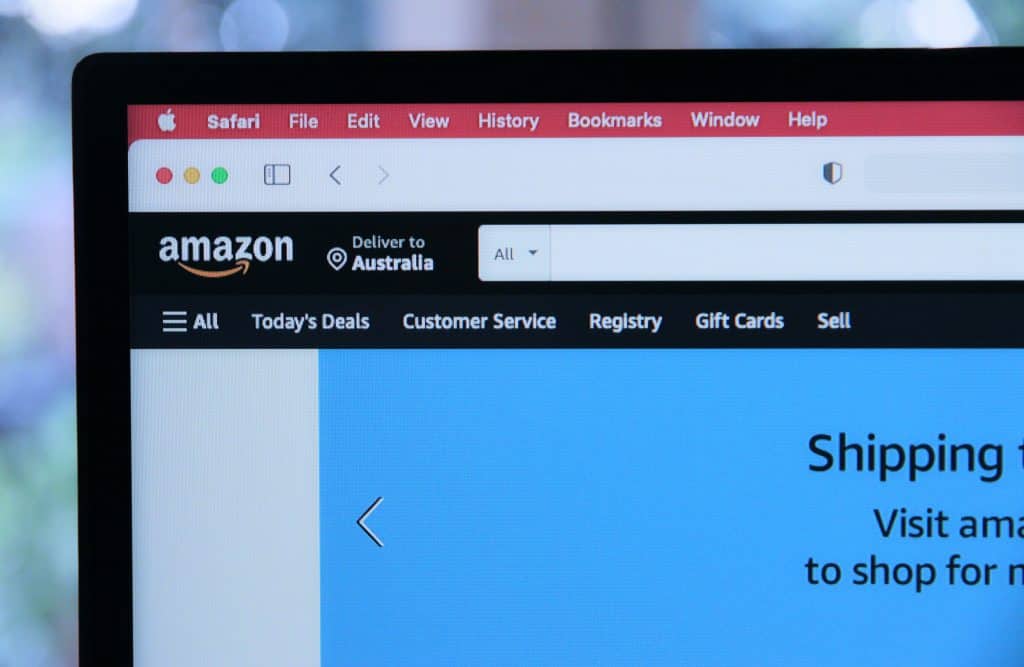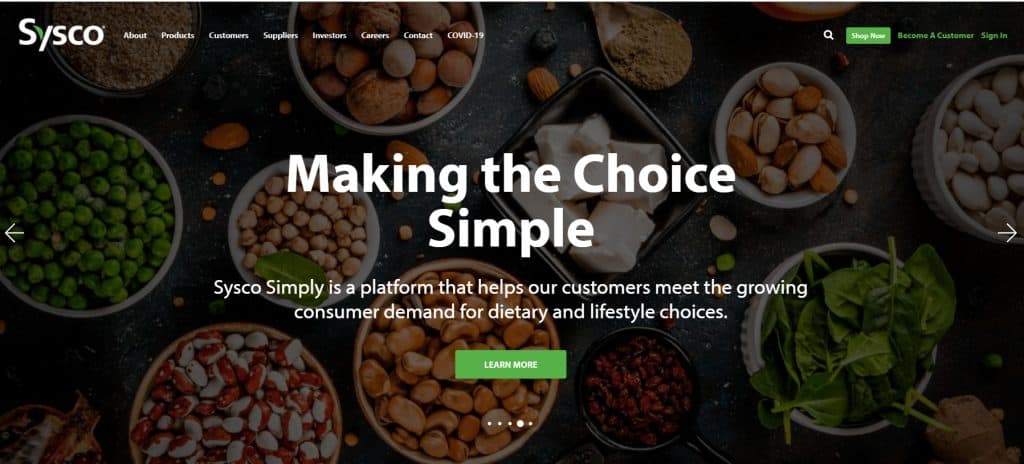When we hear about eCommerce, what usually comes to mind are the transactions between businesses and the end customer. Most people are familiar with big names like Amazon and Alibaba, and their significant presence makes us associate e-Commerce with the B2C model.
While #B2C and #B2B #eCommerce models are often confused to mean the same thing, they are very different. Click To TweetThis article will help you better understand the e-Commerce B2B model and uncover the key insights you need to succeed in this industry.
B2B Explained
B2B eCommerce, or business-to-business e-Commerce, is the act of selling products or services between two businesses online. In other words, it is an online transaction where a company sells its products to another company.

It differs significantly from the B2C business model, where companies sell directly to consumers. With the B2B model, transactions are between manufacturer and wholesaler, or wholesaler and retailer.
B2B vs. B2C eCommerce
Both B2B and B2C businesses desire convenience, mobility across channels, and personalization. But what makes them different?
Here’s how B2B eCommerce differs from B2C eCommerce:
Longer buying cycles
Business-to-business transactions take much longer to be finalized, unlike B2C, where customers shop for what they want spontaneously. B2B involves more signing of contracts, purchase orders, quotes, and approvals, and this is all time-consuming.
Multiple decision-makers
B2C customers often make independent decisions. Think of the time you wanted to purchase a household appliance. You probably just made the decision yourself, entered the shop, and within minutes, you had the product.

But this is different for B2B purchases. B2B sellers need to follow specific processes and protocols required by all stakeholders.
Payment options
Business purchases are typically made via transfers, invoices, or on a line of credit, depending on the order value, size, or customer. With B2C, consumers usually pay with a credit card and wait for delivery.
Types of B2B Ecommerce
B2B eCommerce is very complex and diverse. The right model depends on the type of business you are in. Let’s take a look at the most common ones.
B2B2C
This is B2B2C eCommerce. The business sells its products or services in partnership with another company to a consumer. A wholesaler takes goods to the B2B seller, who then sells to the end consumer.
For example, we have a manufacturer, who sells to Amazon, and Amazon then ships to the end-user.

Wholesale
Normally, goods are purchased straight from the manufacturer and offered in bulk at a lower price so they can be sold at retail value. This model is prevalent in construction, food services, retail, and many others. Transactions are done using a B2B eCommerce platform. An example of this transaction is between CCA Industries Inc and Walmart.
Manufacturers
Here, a company manufactures products offsite and sends the prototypes to another manufacturer who finishes up the product and sells to a distributor or retailer.
For instance, when a steel manufacturing company sells its product to car manufactures such as Ford. With B2B eCommerce, manufacturers can connect their ERP to design client portals, monitor inventory, reduce costs, and maximize every transaction.
Distributors
They work together with manufacturers with a vision to increase sales by giving visibility to the goods the manufacturers are producing and marketing. All arrangements of the sale are made online, usually through an eCommerce platform.
One example is Sysco which works closely with food producers, ranchers, and growers and delivers food from more than 320 distribution facilities.

Government e-Commerce
This model is called the B2G and is set for businesses whose clients are solely governments. For example, it could be medical supply manufacturers such as Johnson and Johnson selling to a government’s health sector.
B2B e-Commerce trends
The big boom in technology advancement continues to make an impact on business-to-business transactions. Post the pandemic, the increase in the number of orders, closure of physical stores, and supply chain disruptions have significantly impacted B2B e-commerce. As a result, many B2B businesses are now more interested in shifting their operations online.
In 2020, the global B2B e-Commerce market size was $6.64 trillion, and the value is expected to increase at a compound annual growth rate of 18.7% from 2021 to 2028.
- Manufacturers are strongly asking for customer personalization driven by ERP. One research showed that more than 72% of customers only respond to personalized messages and 69% of B2B buyers are willing to pay much more for a customized experience.
- AI and IoT are having a significant impact on e-Commerce, enabling better business decisions.
- There is a high demand for the availability of real-time inventory. Many manufacturers prioritize real-time integration as their customers ask for certainty that they are actually in possession of the inventory when placing an order.
- Many businesses are going green. So many global movements are pushing for a safer environment, which has caused many eCommerce businesses to shift from plastic packaging to eco-friendly alternatives.
- Asia Pacific is leading in B2B eCommerce with a market share of nearly 80%. Alibaba and Amazon are the leading teams on the market.
Benefits of B2B eCommerce
Tapping into comprehensive B2B eCommerce solutions comes with many benefits that can transform the way you do your business.
Reaching new customers and markets
Buyers nowadays want to know more about a product and purchase it online. With eCommerce solutions, your sales are available 24/7, and not when your sales team deems it necessary.
Going digital means you get discovered easily, and this will help you expand into new markets.
Personalized web experiences
Business customers prefer personalized self-service portals that offer specific catalogs, pricing, and shipping options. Business customers prefer personalized self-service portals that offer specific catalogs, pricing, and shipping options. So B2B personalization is essential for providing a tailored experience that meets the unique needs of each business customer.

Scalability
A good B2B eCommerce solution will help you to scale without any performance issues. Your business will be able to scale in response to market demand and grow.
Enhance efficiency
You can integrate your ERP B2B eCommerce solution and take away all paper-based processes. This will significantly reduce the time needed for administration work. In addition, an integrated setup will allow your ERP to record sales statistics automatically for your clients. With pricing, ordering, and checkout automation, there are less likely to be mistaken.
Over to you
Now that you know all the intricacies of B2B eCommerce, you probably wonder: is it worth it for my organization?
If any one of the following reasons identifies with your business, you need eCommerce software ASAP.
- Your organization struggles to meet the demands of your B2B buyers in terms of user experience, workflows, and purchasing experiences.
- You do tasks such as filing, updating, and maintaining data manually.
- You don’t have an online presence.
- You are unable to see your customer’s journey and optimize it.
- Your current eCommerce platform does not have a user-friendly experience.